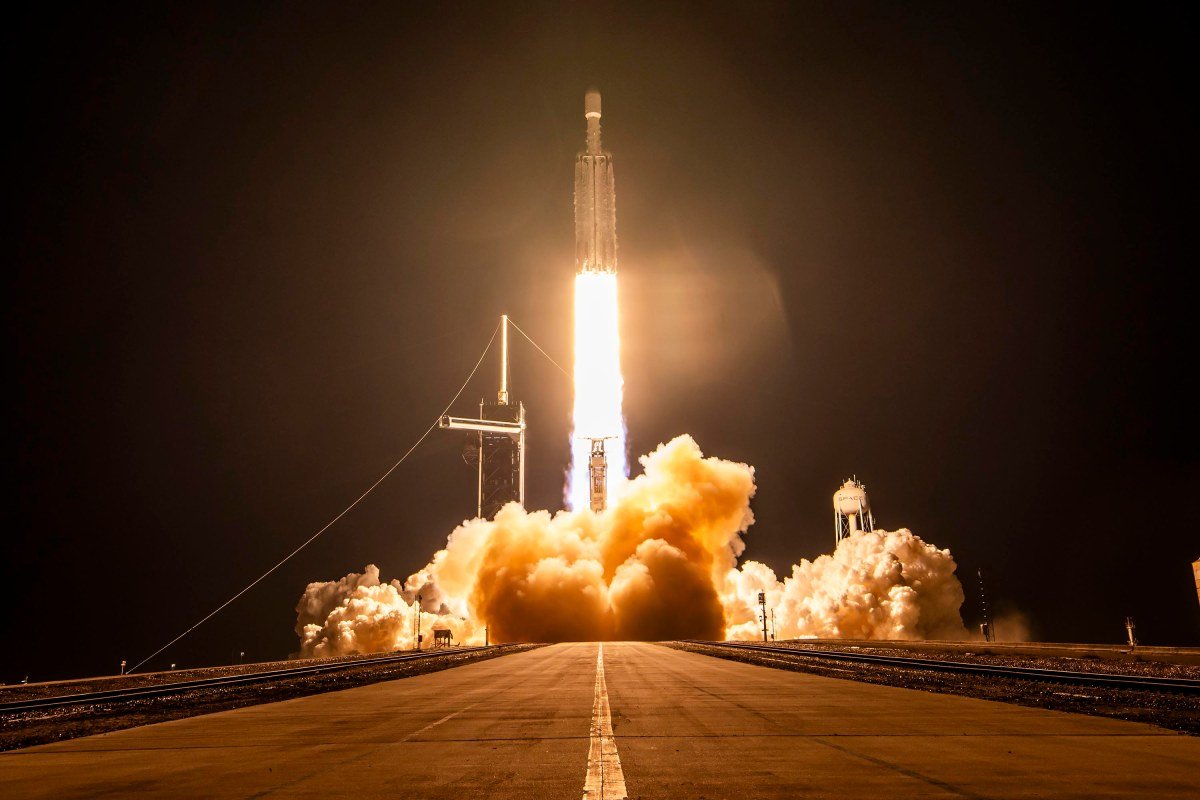SpaceX’s highly-anticipated Falcon Heavy rocket successfully lifted off from NASA’s Kennedy Space Center last night, carrying a top-secret military spaceplane as its sole payload. This marks the seventh uncrewed X-37B mission for the U.S. Space Force, and little is known about its objectives or the details of the mission itself.
The colossal Falcon Heavy rocket launched at 8:07 PM Eastern, carrying the X-37B on its mission as a classified testbed for experiments in space. The space plane, measuring 29 feet in length, is known for its blacked-out windows and mysterious payloads, with this mission being no exception.
One of the most intriguing aspects of this particular launch is the Space Force’s decision to use the triple-boosted Falcon Heavy, a first for an X-37B mission. Previous launches of the space plane have relied on the smaller Falcon 9 or United Launch Alliance’s Atlas V rocket. The added boost could suggest that this mission is headed for farther orbits, but the true intentions remain shrouded in secrecy.
The Boeing-built X-37B, resembling a miniature space shuttle, is expected to return to Earth and land on a runway, much like a conventional aircraft. The Space Force, in a statement, revealed that the mission, designated USSF-52, includes objectives such as experimenting with new orbital regimes, testing space domain awareness technologies, and assessing the effects of radiation on materials provided by NASA.
Speaking of radiation, the only known payload for this mission is a NASA experiment called Seeds-2, which will study plant behavior when exposed to the harsh radiation of space.
Despite two weeks’ worth of delays due to weather and undisclosed issues, the Falcon Heavy launch was a resounding success. This marks the fifth successful launch of the rocket this year, and the ninth since its debut in 2018. The historic launch was followed closely by SpaceX’s 97th launch of the year, and their 98th launch just hours after, sending a batch of Starlink satellites into orbit.








